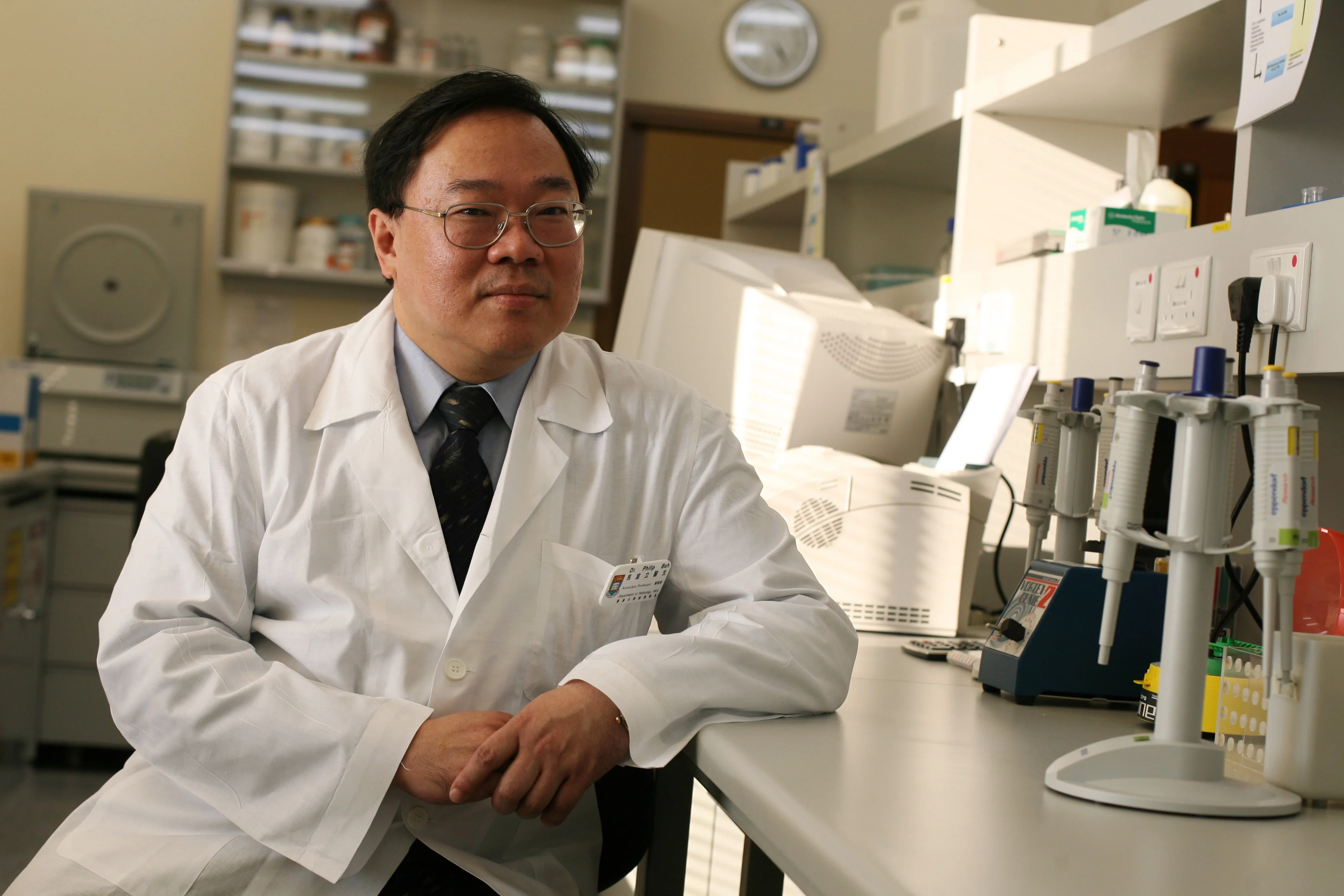By Fiona Sun
Leading Hong Kong forensic pathologist Dr Philip Beh Swan-lip, who dedicated his career to helping families that had lost loved ones find closure and co-founded the city’s first sexual violence crisis centre, has died.
Beh was also involved in a high-profile inquest into the death of a 15-year-old girl whose naked body was found at sea during the 2019 anti-government protests.
In an email sent to faculty, students and alumni of the University of Hong Kong on Thursday, Professor Lau Chak-sing, dean of medicine, and Professor Leung Suet-yi, chair of pathology, announced that Beh died on Wednesday night.
The Post learned that Beh, in his late 60s, died of cancer.
“Philip was not only a highly respected and experienced forensic pathologist but also a cherished mentor, friend and an integral part of our faculty and the department of pathology for over 30 years,” the email said.
“His profound dedication to serving others – particularly those affected by tragedy – was matched only by his unwavering professionalism and compassion. Through his work, he brought clarity to the most challenging cases, offering both expertise and empathy to those in need.
“We will always remember Philip for his sense of humour, his kindness, his positive outlook and his generosity with his time.”
It noted Beh travelled to Macau to run a forensic medicine workshop three months ago despite his illness.
The email also highlighted Beh’s dedication to advocating for vulnerable communities by establishing the city’s first sexual violence crisis centre, RainLily.
“Philip’s legacy will endure through the lives he touched, the knowledge he shared, and the sustaining standard of excellence he set for all of us,” the statement said. “His passion in forensic pathology will continue to inspire future generations.”
Beh was the principal clinical practitioner at the university’s department of pathology.
Originally from Malaysia, he graduated from the faculty of medicine at the university in 1981 and worked in forensic medicine.
In a high-profile case in 2020, Beh rejected a suggestion from two government pathologists that the 15-year-old girl whose naked body was found in Hong Kong waters a year earlier had drowned, pointing to their failure to determine the time of death.
The pathologists who carried out the autopsy said they could not pinpoint the cause of death, but believed there was a “distinct possibility” Chan Yin-lam drowned herself, given the body lacked any apparent fatal injuries and appeared to have been in the water for a substantial period.
But Beh, who was invited by the Coroner’s Court to comment on the pathologists’ findings, challenged the accuracy of that claim, and said there were no signs Chan suffocated in the water based on the report, adding he was troubled by the fact the body was unclothed when it was discovered.
Typical findings in drowning included white froth bubbling out of the nose and mouth, water inside the lungs and swollen air sacs, he said, but these were absent in Chan’s body.
Following a 12-day inquest, a five-member jury reached an open verdict after the coroner ruled out both suicide and homicide as possible causes of death.
Beh also worked with many professional bodies, including the International Committee of the Red Cross and the United Nations Office on Drugs and Crime.
He was a member of the Child Fatality Review Panel for the Social Welfare Department. He also served as a vice-president of the Indo-Pacific Association of Law, Medicine and Science, and as a chief examiner in forensic pathology for the Hong Kong College of Pathologists.
